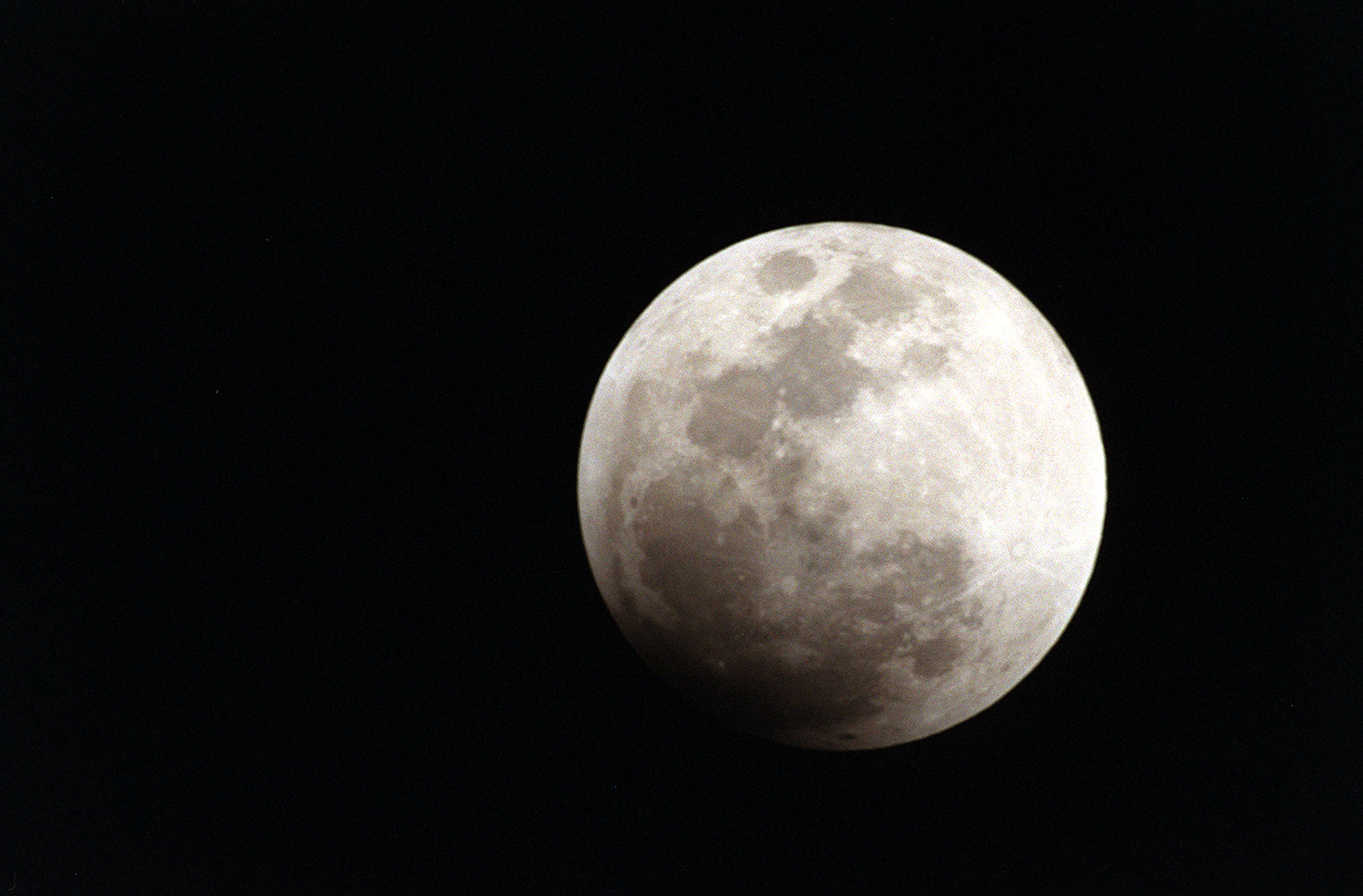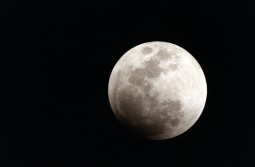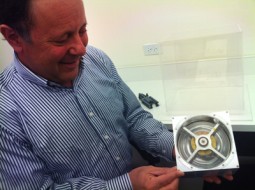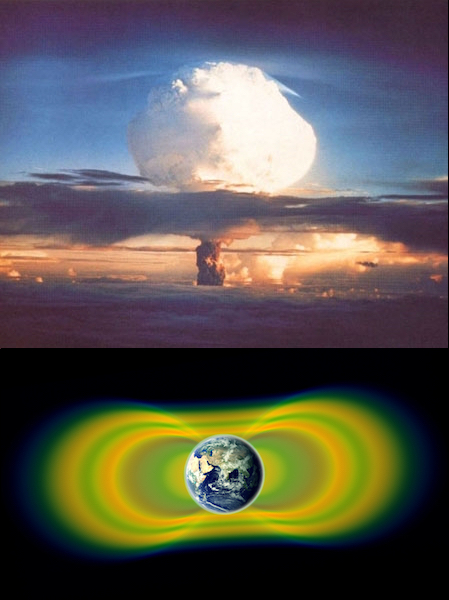 In 1963, the United States, the Soviet Union, and Great Britain signed the Limited Test Ban Treaty, agreeing to not test nuclear weapons in the atmosphere, underwater, or in outer space. France continued atmospheric testing until 1974, and the last atmospheric test was done by China on October 16, 1980. Over 500 atmospheric nuclear tests have been performed before then, but none since.
In 1963, the United States, the Soviet Union, and Great Britain signed the Limited Test Ban Treaty, agreeing to not test nuclear weapons in the atmosphere, underwater, or in outer space. France continued atmospheric testing until 1974, and the last atmospheric test was done by China on October 16, 1980. Over 500 atmospheric nuclear tests have been performed before then, but none since.
That could soon change. North Korea has threatened to do an atmospheric nuclear test. Even if that test doesn’t lead to a chain of more dangerous events, and considering the potential health impacts of the dispersed radiation, it turns out that simply testing a missile in the atmosphere could lead to highly charged electrons that would tend to fry the electronics of Earth-orbiting satellites.
It’s a complex issue, and one that ties in with the huge magnetic fields that protect the Earth and the satellites orbiting around it. Those magnetic fields include some areas that attract highly charged particles, called the Van Allen belts. Earlier this year, we reported on a discovery from the Laboratory of Atmospheric Space Physics in Boulder, about how very low frequency radio transmissions sent to military submarines deep under that water, accidentally help satellites high above the Earth by reducing the impact of the Van Allen belts’ highly charged particles. So, could those very low frequency waves also protect us from the satellite-frying effects of an atmospheric nuclear weapons test? If things get too crazy here on Earth, could a spacecraft with a well-designed magnetic field help people escape? Those are questions that come to mind for How on Earth’s Shelley Schlender. Now here’s Shelley’s investigation about the Van Allen belts, whether cell phones would work after a nuclear explosion, and escaping to outer space.
Hosts: Joel Parker, Chip Grandits
Producer, Engineer: Joel Parker
Additional Contributions: Beth Bennett, Alejandro Soto
Executive Producer: Beth Bennett
Listen to the show:
Podcast: Play in new window | Download (Duration: 28:04 — 25.7MB)
Subscribe: RSS




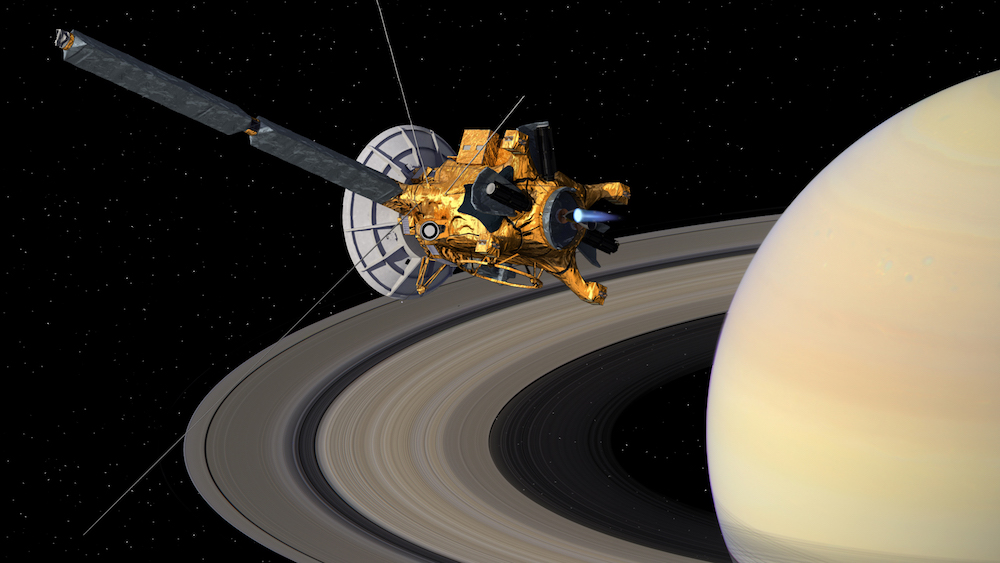
 The
The 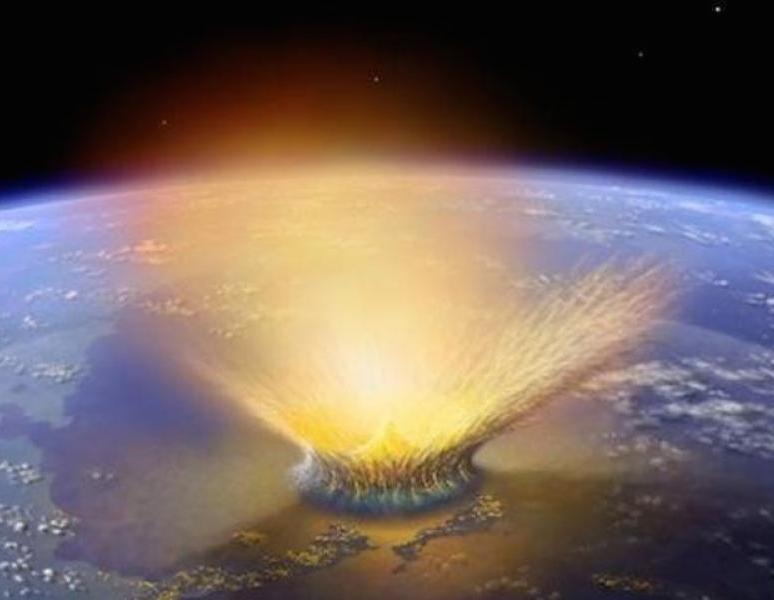
 Climate Change and Extinctions Following an Asteroid Impact (starts at 8:45) It has been hypothesized that the dinosaurs were killed off by a large asteroid that struck the Earth. The details of how the impact of a 10 kilometer diameter asteroid led to global scale extinction have remained elusive. Recently, climate researchers from the Boulder area published new climate model results that show how the asteroid impact ultimately leads to widespread cooling in the atmosphere and increased exposure to ultraviolet radiation. These drastic and rapid changes to the climate due to the asteroid impact may explain the global scale extinction.
Climate Change and Extinctions Following an Asteroid Impact (starts at 8:45) It has been hypothesized that the dinosaurs were killed off by a large asteroid that struck the Earth. The details of how the impact of a 10 kilometer diameter asteroid led to global scale extinction have remained elusive. Recently, climate researchers from the Boulder area published new climate model results that show how the asteroid impact ultimately leads to widespread cooling in the atmosphere and increased exposure to ultraviolet radiation. These drastic and rapid changes to the climate due to the asteroid impact may explain the global scale extinction.